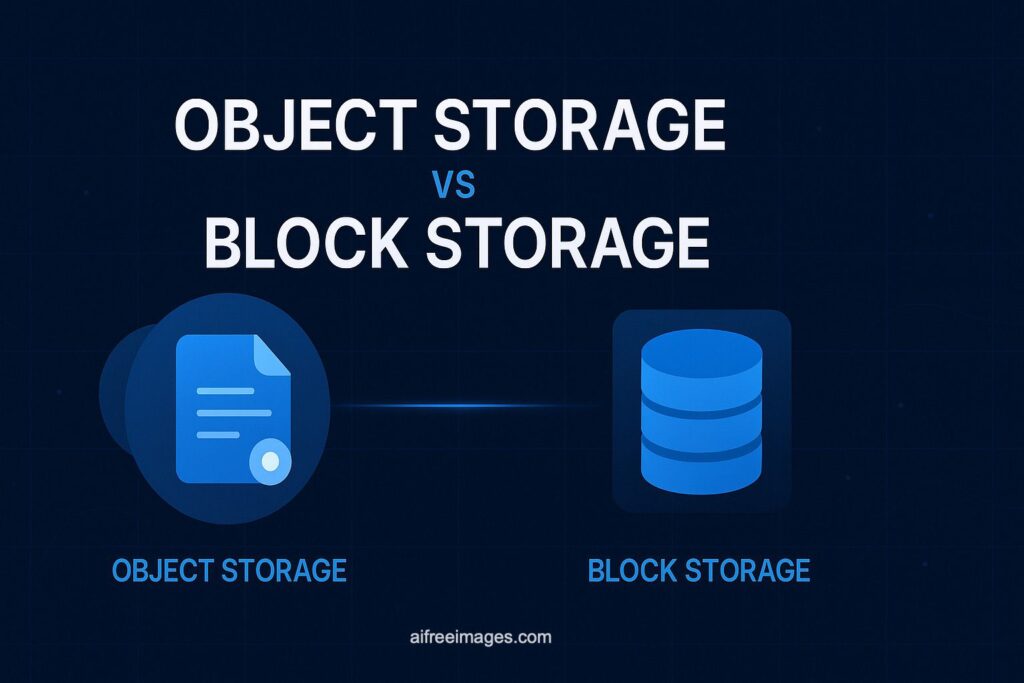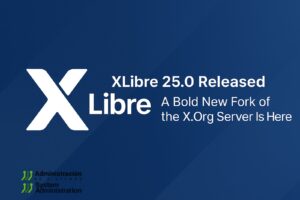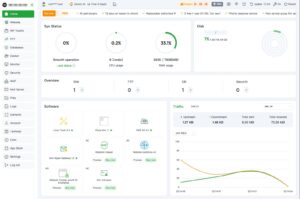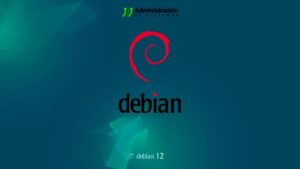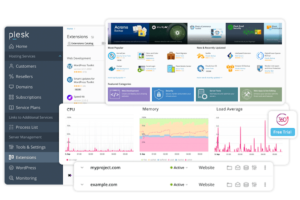In today’s digital world, where data grows at exponential rates, businesses face a critical decision: how and where to store their data. It’s not just about accumulating terabytes or petabytes, but about choosing the right storage architecture for each need. Two main models dominate this field: Block Storage and Object Storage. Both play essential roles in modern IT infrastructures, but their differences can determine the success or failure of a project.
This report takes a closer look at the features, advantages, and limitations of each system, as well as their real-world applications, to shed light on a debate that has a direct impact on efficiency, security, and costs.
What is Block Storage?
Block Storage breaks data into fixed-size pieces (between 512 bytes and 64 KB), each with a unique identifier. To the operating system, this model looks like a traditional hard drive: it can be formatted with a file system and is ready for high-speed read and write operations.
Key characteristics of Block Storage include:
- Direct, low-level access: the OS can read and write data without intermediaries.
- High performance: especially for frequent, small operations, with IOPS exceeding 10,000 per second in SSD-based systems.
- Low latency: sub-millisecond response times, ideal for transactional workloads.
- Versatility: supports any file system and integrates natively with OS environments.
This is why Block Storage is the preferred choice for databases, virtual machines, and network file systems.
What is Object Storage?
Object Storage works differently. Instead of hierarchical blocks, data is stored as complete objects in a flat space (called buckets or containers). Each object includes three components: the data, rich metadata, and a globally unique identifier.
It relies on HTTP/HTTPS and REST APIs, making it especially attractive for cloud-native applications.
Key features include:
- Massive scalability: grows horizontally to exabyte levels.
- Built-in redundancy and durability: designed to handle failures and distribute data across multiple nodes or regions.
- Rich metadata capabilities: useful for cataloging and classifying data.
- Cost efficiency at scale: pay-as-you-go models make it the most affordable option for storing massive, rarely modified datasets.
This makes Object Storage ideal for static content, backups, archiving, big data, and IoT.
Direct Comparison: Performance and Scalability
Block Storage:
- Performance: superior for fast, transactional operations.
- Latency: sub-millisecond in optimized environments.
- Scalability: vertical, by expanding volumes.
- Best use cases: relational databases, VM storage, file systems.
Object Storage:
- Performance: lower IOPS due to HTTP overhead, but excellent for large transfers.
- Latency: higher compared to block storage.
- Scalability: horizontal, virtually unlimited.
- Best use cases: media distribution, backups, analytics.
Cost Comparison
Block Storage typically has a higher per-GB price, especially for high-performance options, and requires more complex replication and backup strategies.
Object Storage, on the other hand, offers lower costs at large scale, with pay-as-you-grow pricing and less operational overhead. This is why it has become the industry standard for massive cloud storage.
Real-World Use Cases
Block Storage:
- Databases (MySQL, PostgreSQL, Oracle).
- VM and container persistent volumes.
- Network file systems.
- High-performance computing (HPC).
Object Storage:
- Content delivery and CDNs.
- Media streaming platforms.
- Backups and disaster recovery.
- IoT data collection.
- Data lakes and analytics.
- Cloud-native apps and microservices.
Pros and Cons
Block Storage
✔️ Low latency.
✔️ OS-level integration.
✔️ Supports any file system.
❌ Limited scalability.
❌ Higher cost at scale.
❌ Complex replication/backup.
Object Storage
✔️ Nearly infinite scalability.
✔️ Cost-effective for large datasets.
✔️ Global access via API.
✔️ Built-in redundancy.
❌ Higher latency.
❌ Not suitable for frequently modified data.
❌ Limited file system integration.
Leading Market Solutions
Block Storage:
- Amazon EBS (Elastic Block Store): multiple volume types, snapshots, encryption.
- Google Persistent Disk: high-performance SSDs with regional replication.
- Azure Managed Disks: from standard to ultra disks with integrated backup.
Object Storage:
- Amazon S3: industry leader with multiple classes and advanced security.
- Google Cloud Storage: lifecycle management and strong consistency.
- Azure Blob Storage: hot, cool, and archive tiers with global distribution.
European and Private Alternatives:
- Stackscale Network Storage: high-performance network storage, designed for virtualized environments and critical workloads, with hardware redundancy and distributed architecture.
- Stackscale Synchronous Replicated Storage: synchronous geo-replication across data centers, ensuring continuous availability for mission-critical applications.
- Stackscale Object Storage (S3-compatible): private solution with S3 API, enabling seamless integration with cloud-native apps and large-scale backup under European jurisdiction.
Towards a Hybrid Model
In practice, many organizations don’t choose one or the other—they combine both:
- Block Storage for critical production databases.
- Object Storage for backups, static files, or analytics.
- Stackscale Network Storage for virtualized environments needing high availability.
- Stackscale synchronous geo-replication for business continuity across Spanish data centers.
The trend points toward Storage-as-a-Service, multicloud strategies, and the rise of AI and machine learning, which demand massive distributed storage.
Conclusion
The choice between Block Storage and Object Storage is not black and white. It depends on the application’s nature, budget, and scalability needs. While Block Storage shines in transaction-heavy, low-latency scenarios, Object Storage has become the backbone of large-scale cloud storage.
European providers like Stackscale highlight the importance of combining high performance, digital sovereignty, and compatibility with industry standards such as S3. The future lies in hybrid architectures that bring together the strengths of each model to meet the speed and complexity of the digital era.
Frequently Asked Questions (FAQ)
1. Which storage type is best for databases?
Block Storage or high-performance network storage, due to low latency and consistency.
2. Is Object Storage cheaper than Block Storage?
Yes, especially for large datasets that are infrequently accessed.
3. Can both be used together?
Yes. Hybrid architectures are common: block for transactional data, object for backups and static content.
4. What are the advantages of synchronous geo-replicated storage?
It ensures that data is written simultaneously across two different data centers, guaranteeing business continuity even in case of severe failures.
5. What European alternatives exist to Amazon S3?
Stackscale offers S3-compatible Object Storage, plus network storage and synchronous geo-replication, all under European jurisdiction.

